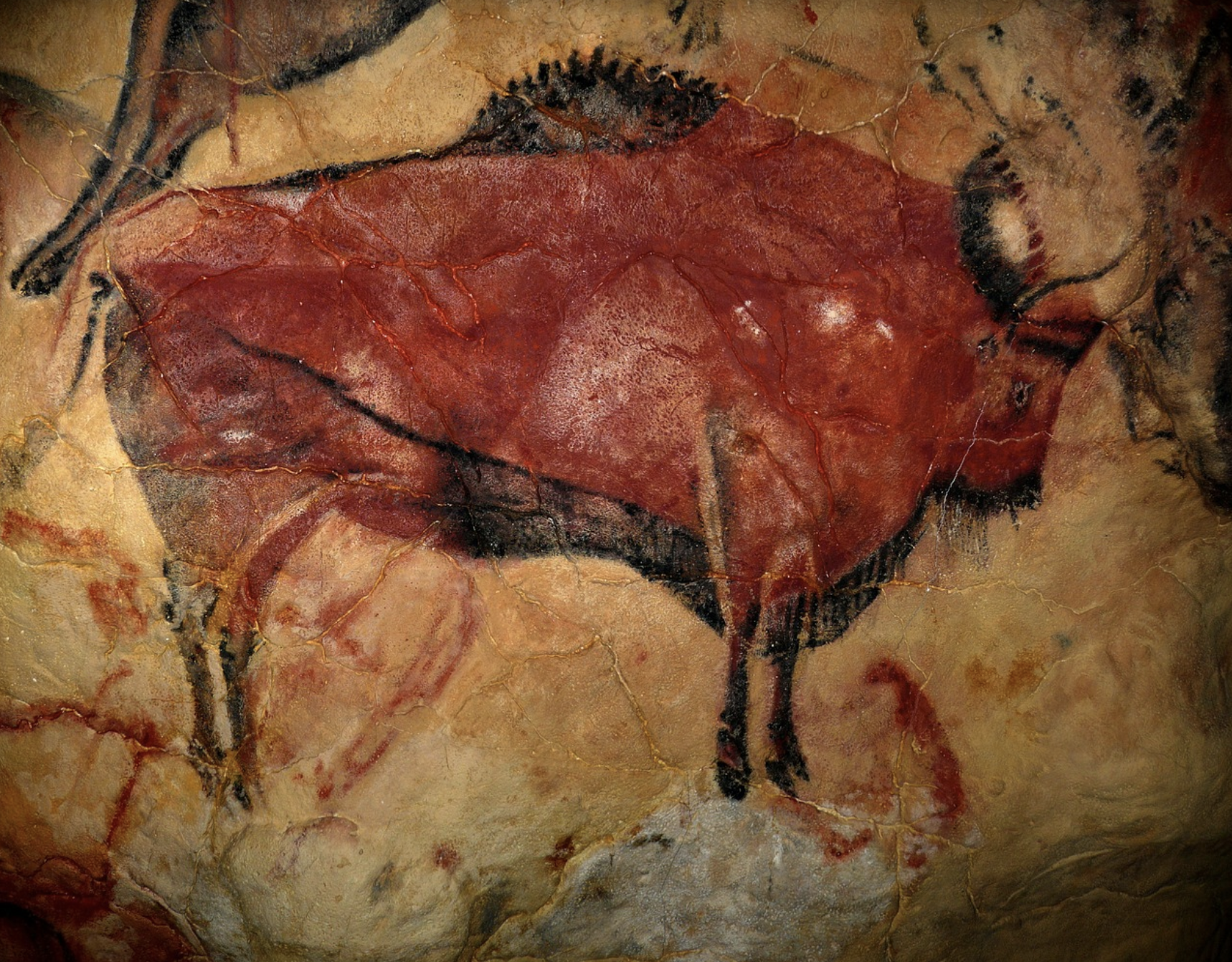
Natural Earth Pigments were among the earliest recorded materials used by our ancestors to make paint, and their use pre-dates recorded history.
Starting at least 100,000 years ago, ancient people from all over the world, including Prehistoric People, Egyptians, Native Americans, ancient Buddhists, Medieval monks, and Renaissance masters used earthen pigments to make their paints. Humans on almost every continent ground up earthen clays and minerals and mixed them with a binder such as honey, urine, blood, sap, grease, or oil. This basic technique, with numerous variations, became the prevailing method of oil painting until the Nineteenth century’s introduction of synthetic pigments and petroleum-based paints.

Early painters who foraged for earthen pigments could usually find red, orange, yellow, brown, black, white, and sometimes green as earthen pigments, but blues and purples were more elusive. Each culture used a different technique to make blues and purples. Prehistoric people used manganese ore, the Egyptians used copper frits, the ancient Chinese ground up malachite and azurite, and the Etruscans ground up Lapis Lazuli stones. Our blue is made from a specific type of ochre that turns blue when cooked in the oven.
Today, we offer our selection of natural earth paints as a tribute to all the ancient foraging painters who came before us.
For more fascinating bits of history, read about:
- Prehistoric Natural Artists
- Natural Art & Painting in Ancient Egypt
- Natural Artists of the Middle Ages
- The Colormen of the Renaissance
- A 100,000 year-old "paint-making workshop" in a cave in South Africa
- Aboriginal Art: Why is Earth Paint Sacred? and The Aboriginal Ochre Wars
- And here in North America, Native Americans and Earth Paint
Interested in learning more about Natural Earth Paint history? Visit our History page!
Follow us on Instagram, Facebook, and Pinterest for more natural inspiration.




